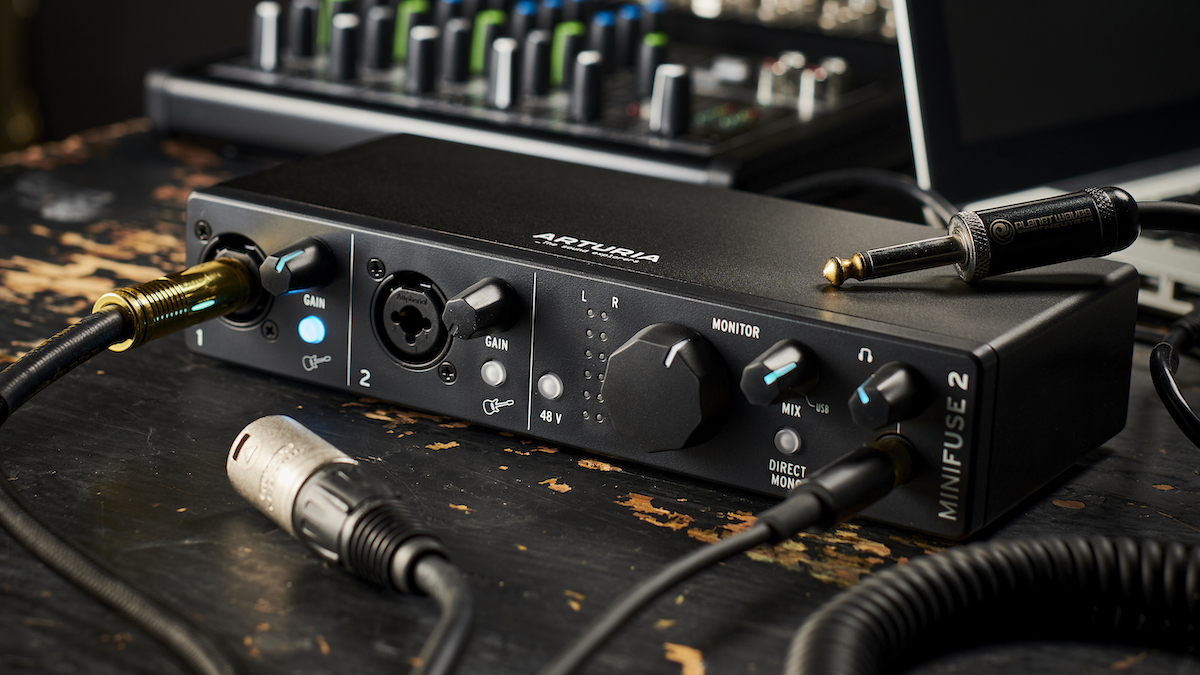
- #EXTERNAL SOUND CARD USB 3 DIGITAL RECORDING 24 BIT FOR MAC OS X#
- #EXTERNAL SOUND CARD USB 3 DIGITAL RECORDING 24 BIT DRIVER#
- #EXTERNAL SOUND CARD USB 3 DIGITAL RECORDING 24 BIT FULL#
- #EXTERNAL SOUND CARD USB 3 DIGITAL RECORDING 24 BIT PLUS#
Indeed, in normal operation, the latency was insignificant and could be ignored. The control panel also includes a choice of latency settings to accommodate older, slower computers, though on my G3 600MHz machine, no problems were encountered. At 24-bit, the number of active stereo ports is reduced from four to three, while 24-bit/96kHz operation is only possible with one stereo input or output activated.

#EXTERNAL SOUND CARD USB 3 DIGITAL RECORDING 24 BIT FULL#
Ticking the box for the S/PDIF input activates it and allows the Audiophile USB to clock to the incoming digital signal, but problems will arise if this box is ticked when no digital source is connected as the unit will be in external clock mode with no clock signal to lock to.īecause of the bandwidth limitations of USB, not all combinations of I/O configuration, sample rate and bit depth are available, and full four-in, four-out operation is only possible at 16-bit up to 48kHz.
#EXTERNAL SOUND CARD USB 3 DIGITAL RECORDING 24 BIT DRIVER#
Once the software has been installed from the included driver CD-ROM, the Audiophile USB is set up via its own control panel, the default setting being 16-bit.
#EXTERNAL SOUND CARD USB 3 DIGITAL RECORDING 24 BIT FOR MAC OS X#
ASIO drivers are included for Mac OS 9 and Windows users, with separate support software provided for Mac OS X users. Any reasonably specified Pentium II 266MHz or Mac G3 or above with USB connectivity can be used with the Audiophile USB, though Mac OS 9 users will need to run Opcode's OMS to use the MIDI port.

The Audiophile USB runs under Windows 98SE, 2000, Me and XP, and also supports Mac OS 9 and OS X. A standard USB connector is used to link to the host computer and a suitable USB cable is included.
#EXTERNAL SOUND CARD USB 3 DIGITAL RECORDING 24 BIT PLUS#
Additionally, there's a quarter-inch headphone out with level control, plus an output level control for the analogue phono outs, which means you could easily run this interface with active monitors while retaining physical control over the output level. No adaptor cables are needed for MIDI as the sockets are the usual 5-pin DINs.

The analogue outs are on phonos only while the S/PDIF ins and outs follow the common co-axial (phono) format. The analogue inputs are on unbalanced quarter-inch jacks and phonos using the jacks overrides the phones. Interestingly, the S/PDIF outputs are also capable of carrying multi-channel surround formats such as Dolby or DTS, which means the Audiophile USB also has applications in computer-based home theatre. Bit depths of up to 24-bit are supported with sample rates from 8kHz to 96kHz, though there are some I/O limitations when working at high sample rates or high bit depths. Packaged as a small, silver desktop unit, the M-Audio Audiophile USB works via a standard USB connection and draws its power from an included 9V AC adaptor to provide two channels of analogue I/O, stereo S/PDIF digital I/O and set of MIDI In and Out ports. In situations where the I/O requirements are more modest, however, USB works perfectly well. For multiple simultaneous inputs and outputs, Firewire is the clear winner because of its greater bandwidth, although USB 2 will level the playing field somewhat when it becomes more widely supported. With the increase in popularity of 'slotless' computers, such as laptops and iMacs, several manufacturers of traditional soundcards and audio interfaces are extending their ranges to include external units connected by USB or Firewire. Now those without PCI slots can access similar features thanks to the new USB version.

M-Audio's Audiophile PCI card is already a popular choice for musicians needing high-quality audio I/O.


 0 kommentar(er)
0 kommentar(er)
